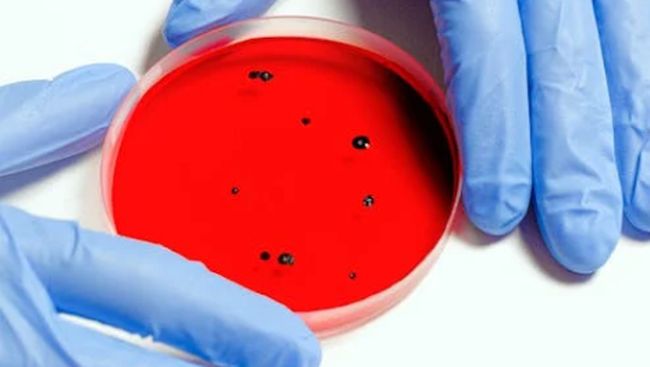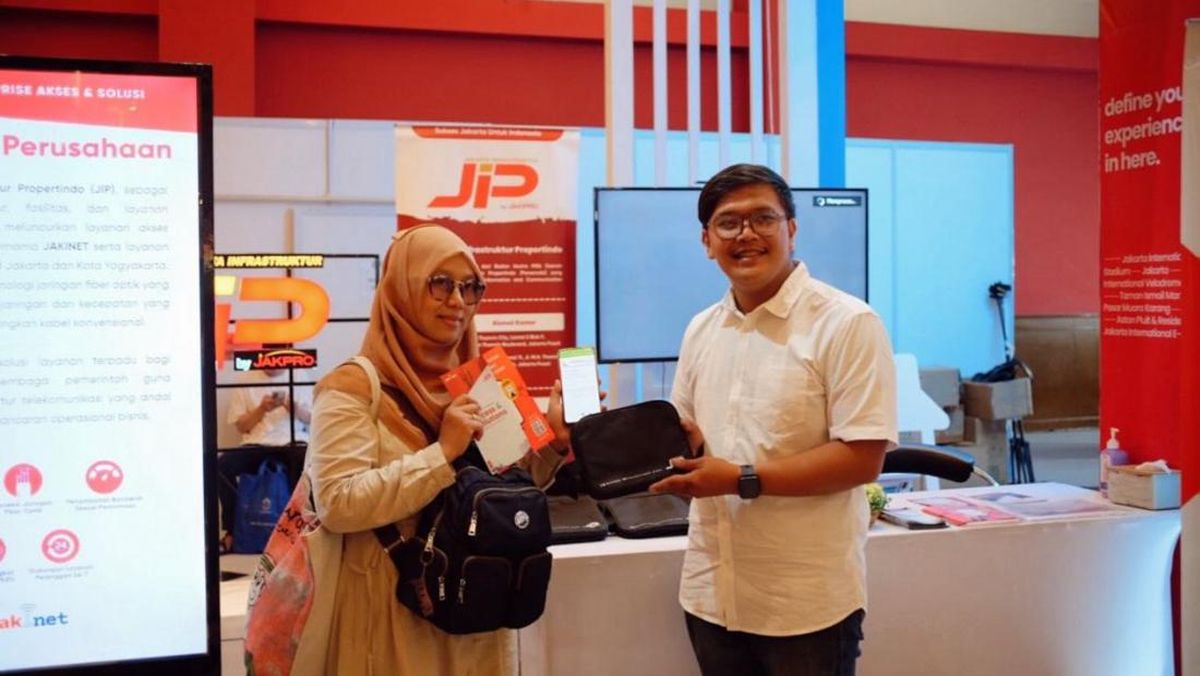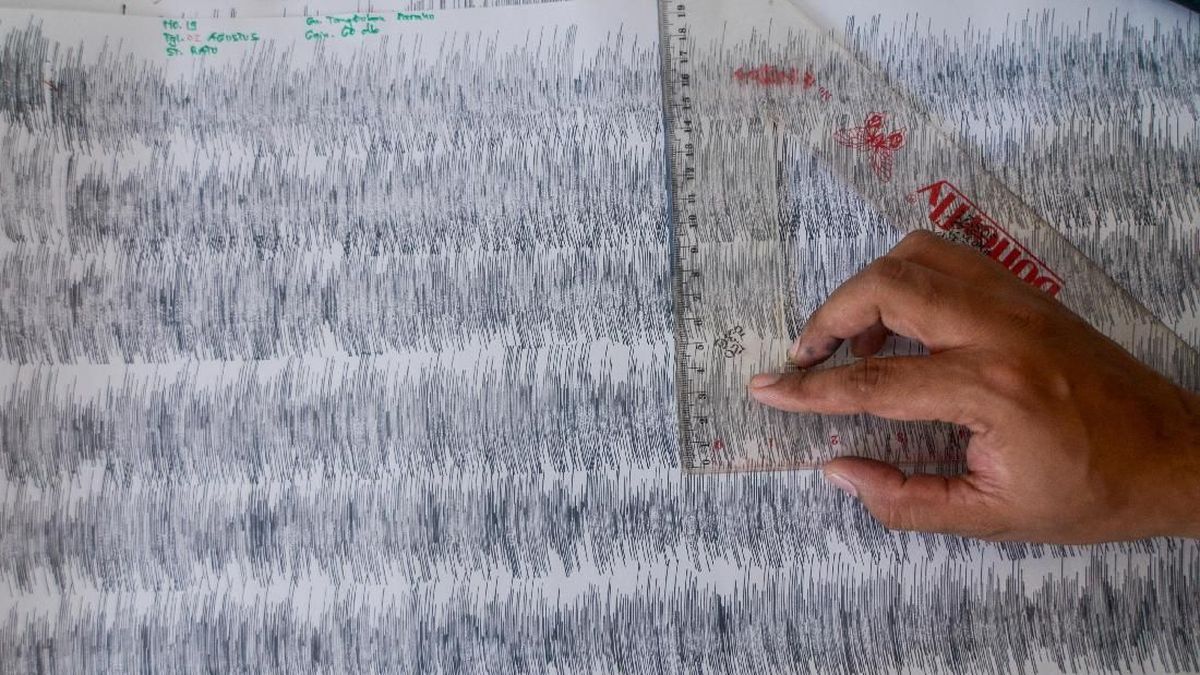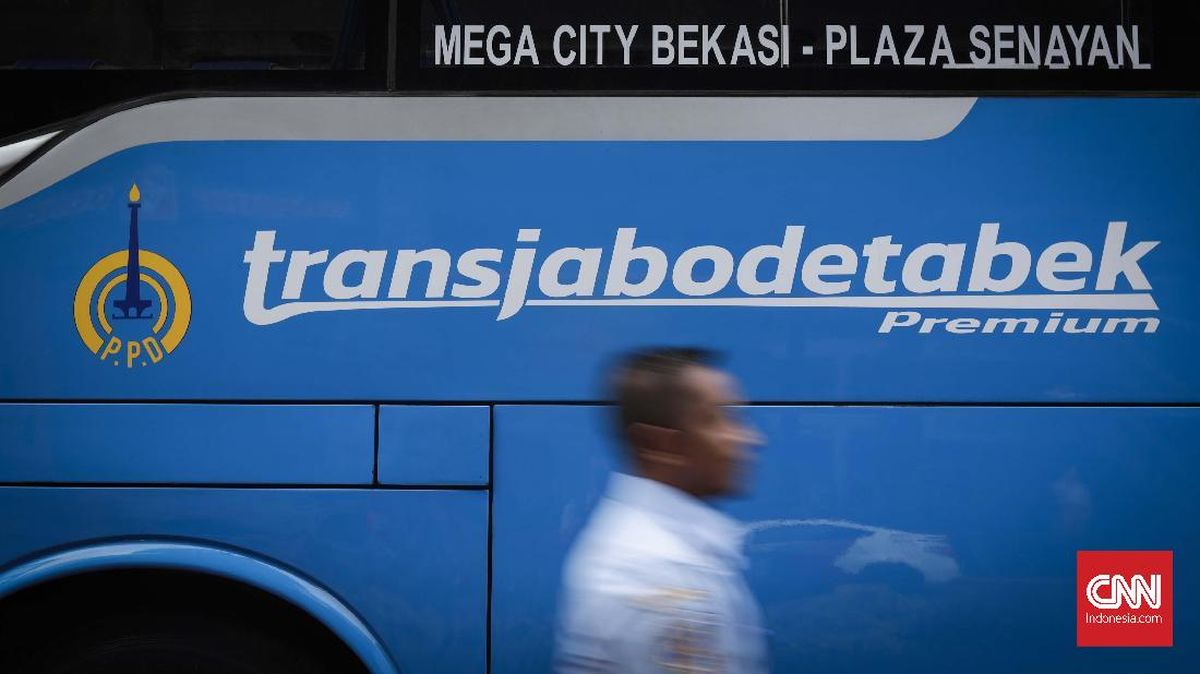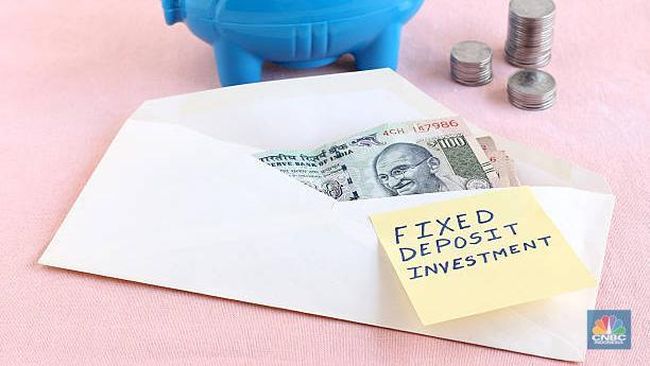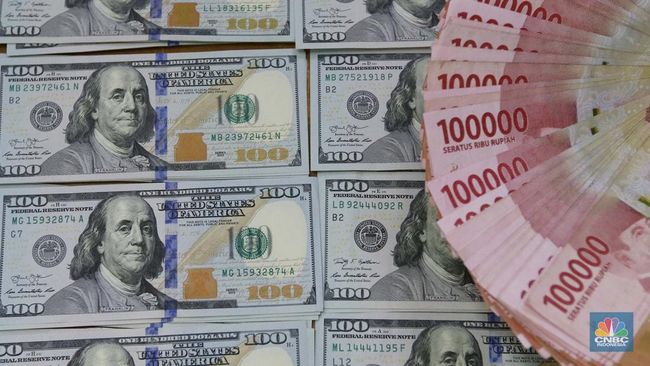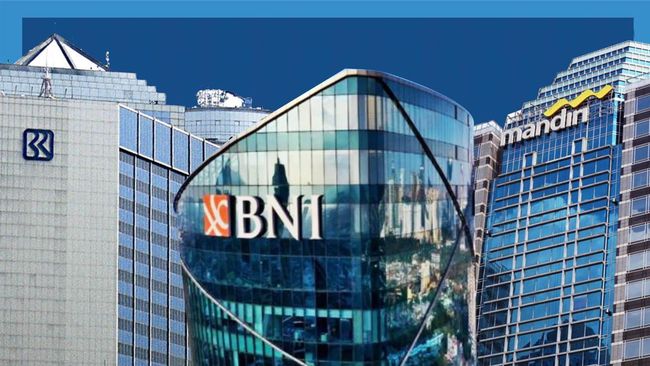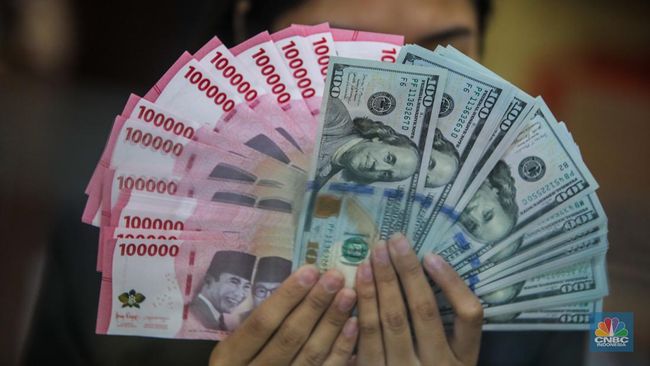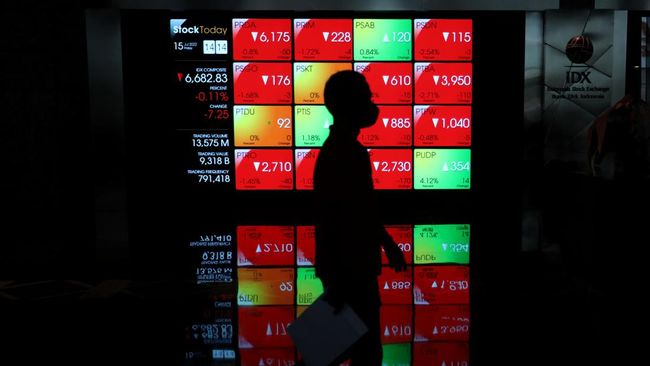Where you keep your money matters. The national average rate for a traditional savings account is a puny 0.38% but today's highest-yielding savings accounts boast annual percentage yields as high as 5%. That can make a huge difference in how fast your money grows.
- Best High-Yield Savings Accounts for June 2025
- Compare the best high-yield savings accounts
- The best high-yield savings accounts
- Newtek Bank
- LendingClub LevelUp Savings
- My Banking Direct
- Bask Bank
- Bread Savings
- BMO Alto
- TAB Bank
- Laurel Road
- UFB Direct
- Synchrony Bank
- Quontic Bank
- Citizens
- Zynlo Bank
- Varo
- What is a high-yield savings account?
- What's happening with high-yield savings account rates?
- How a high-yield savings account can help you reach your savings goals
- How much can you earn with a high-yield savings account?
- Why you need a high-yield savings account
- Watch out for these barriers when opening a high-yield savings account
- Best ways to use a high-yield savings account
- How to open a high-yield savings account
- FAQs
- Methodology
If your savings are languishing in an account with a low APY, you owe it to yourself to put them somewhere better. Here are our top choices for savings accounts that can help you boost your balance.
Compare the best high-yield savings accounts
| Newtek Bank | 4.35% | $0 |
| LendingClub | 4.40% | $0 |
| My Banking Direct | 4.30% | $500 |
| Bask Bank | 4.20% | $0 |
| Bread Savings | 4.30% | $100 |
| BMO Alto | 3.60% | $0 |
| TAB Bank | 4.15% | $0 |
| Laurel Road | 3.80% | $0 |
| UFB Direct | 4.01% | $0 |
| Synchrony Bank | 4.00% | $0 |
| Quontic Bank | 3.75% | $100 |
| Citizens | 3.70% | $0 |
| Zynlo Bank | 4.35% | $10 |
| Varo Bank | 2.5% to 5% | $0 |
APYs as of June 26, 2025. APYs may vary by region for some products.
The best high-yield savings accounts
Newtek Bank is the online-only arm of Newtek One. Its competitive APY applies to all balance levels but you're limited to six withdrawals per statement cycle. This account doesn't offer an ATM card. Cash access is available through linked accounts.
You can open as many personal banking accounts as needed and can manage them all through an online banking platform or mobile app. We also like that you can access live customer support 24/7. If you don't want to manage your account online, or you find yourself needing to make more than six withdrawals a month, it's best to consider other options.
- APY 4.35%
- Min. deposit to open $0
LendingClub's LevelUp Savings account rewards you with a highly competitive rate when you deposit at least $250 per month. The highest rate applies automatically to the entire balance when you open a savings account. After two statement cycles, your account will be evaluated monthly. If your deposit drops below $250 for the month, the standard rate -- currently 4.00% APY -- will apply.
We also like that the savings account doesn't charge monthly fees, does provide unlimited ATM fee refunds and accepts cash deposits. Learn more about this new high-yield savings account from LendingClub.
- APY 4.40%
- Min. deposit to open $0
My Banking Direct regularly adjusts its high-yield savings account rate while charging no maintenance fees, no minimum balance requirements and paying interest on all balances above $1. My Banking Direct is a subsidiary of New York Community Bank, one of the largest US regional banks. It doesn't specify its wire transfer fees on its website or in its official account disclosures.
- APY 4.30%
- Min. deposit to open $500
Bask Bank is an online-only bank that offers two savings products: a mileage account that awards American Airlines AAdvantage miles for your savings and an interest savings account that currently offers competitive APYs.
Even better, there are no monthly fees, no minimum balance requirements and no minimum initial deposit at Bask Bank -- although it reserves the right to close your account if it sits unfunded for 15 business days. Bask Bank allows six withdrawals from your account per month but does not provide any check requests. Outgoing wire transfers cost $35.
- APY 4.20%
- Min. deposit to open $0
Formerly Comenity Direct, Bread Financial offers two savings options: certificates of deposit and a high-yield savings account. Its high-yield savings account boasts a competitive APY but you must deposit at least $100 to get it.
There are no monthly maintenance fees and you'll have unlimited free deposits via mobile check, ACH transfer and wire transfer.
- APY 4.30%
- Min. deposit to open $100
BMO Alto is the online-only arm of BMO Financial Group, the parent organization of BMO Harris Bank and Bank of the West. BMO Alto offers two deposit accounts: the BMO Alto Online Savings and the BMO Alto Certificate of Deposit.
In addition to earning a competitive APY, its savings account has no monthly fees, minimum initial deposit or minimum balance requirement. The unlimited number of transfers and withdrawals permitted is an added benefit.
This account is best paired with other bank accounts because it doesn't provide a debit card or ATM access. Money in this account can only be accessed or deposited through externally linked bank accounts.
- APY 3.60%
- Min. deposit to open $0
We like that TAB Bank's high-yield savings account is pretty straightforward. No monthly maintenance fees, no minimum deposit or balance requirements and a highly competitive APY put TAB Bank at the top of the list of best high-yield savings accounts.
TAB Bank is an online-only bank that offers checking, savings, money market and CD accounts. Its checking account gives you cash-back rewards on your purchases and it offers special bank accounts for truckers. We also like that this bank has extended customer service hours, including Saturdays, by calling 800-355-3063.
- APY 4.15%
- Min. deposit to open $0
Laurel Road is the digital arm of KeyBank. Its savings account doesn't require a minimum deposit or balance to earn its top APY and it doesn't accept cash deposits. For that, you'll need to transfer funds and manage your account online.
Laurel Road began as a student loan originator in 2013. As of 2019, it was acquired by KeyBank and now offers checking, savings and loan products primarily geared toward health care and business professionals nationwide. Its digital platform merges technology with banking services to offer a high-yield rate that applies to the entire balance.
- APY 3.80%
- Min. deposit to open $0
UFB Direct, an online bank, has consistently ranked near the top of our list each week for APY. That APY applies to all balances and there are no minimum deposit or balance requirements.
Unlike other high-yield savings accounts, UFB Direct's savings account comes with a free ATM card. The account has a limit of six withdrawals a month but that doesn't apply to ATM transactions. You'll also have mobile banking, which comes with mobile deposits and transfers.
- APY 4.01%
- Min. deposit to open $0
Synchrony Bank is a regular on our list of the best online banks. We like that it offers competitive APYs and extended customer service hours. Its high-yield savings consistently features a competitive APY with no monthly fees or minimum balance requirements.
While there's no complementary checking account option at Synchrony, its savings accounts have debit cards you can use to withdraw money from ATMs. Synchrony doesn't charge for non-network ATMs and reimburses $5 per month for other banks' ATM fees. However, it doesn't accept cash deposits.
Other savings options are available, including money market accounts, CDs and a few retirement options.
- APY 4.00%
- Min. deposit to open $0
Quontic Bank keeps pace with competitors with a solid APY that applies to all balances. Quontic has no monthly maintenance fees or minimum balance requirements, although it requires $100 to open a high-yield savings account.
Quontic compounds interest daily and pays it out monthly -- which can earn you more than accounts that only compound monthly. It charges $25 for outgoing domestic wire transfers and $35 for outgoing international wire transfers. All ACH transfers and incoming wire deposits are free.
- APY 3.75%
- Min. deposit to open $100
Citizens' high-yield savings account -- Citizens Access Savings -- has a respectable APY and no hidden fees. Like many other savings accounts, you can make direct deposits and recurring transfers. However, you can't deposit cash.
Citizens is the digital banking arm of Citizens Bank, a traditional bank that's now officially Citizens Financial Group. However, Citizens operates only online and mostly provides home loans, student loan refinancing and a high-yield savings account. No checking or money market accounts are available.
- APY 3.70%
- Min. deposit to open $0
Zynlo Bank, backed by PeoplesBank, is a relative newcomer to the online banking industry, having launched in May 2020. It offers competitive yields for its checking, savings and money market accounts. And you can reach a customer service representative 24/7.
You must deposit at least $10 to open a savings account but there are no monthly fees and you have access to more than 55,000 fee-free ATMs through the Allpoint network. The savings account is also equipped with tools to help grow your savings. Custom savings folders help you organize your savings goals, while roundup and matching features in conjunction with a checking account add to savings automatically.
The cherry on top is the extended account insurance. All balances beyond the $250,000 FDIC insurance limits are covered by Zynlo Bank in cases of bank failure.
- APY 4.35%
- Min. deposit to open $10
Varo is the wild card on our list for providing a tiered savings rate that encourages low balances. Varo will give you 5.00% APY if your daily balance never goes over $5,000 during a monthly billing cycle. If it exceeds $5,000, you'll get only 3.00% APY on the excess amount for that month.
To qualify for any interest at all, you'll need to have $1,000 in direct deposits every month and end each month with a positive balance in both your Varo Bank and Savings account. While Varo presents a tempting APY for those with lower balances, any amount in your account that exceeds $5,000 earns the lower APY.
Aside from its high-yield savings account, Varo has a checking account with a few sweet perks. You can earn cash back and get your paycheck two days sooner. Keep in mind that Varo is an online bank so there are no physical branches available to manage your account.
- APY 2.5 - 5%
- Min. deposit to open $0
A high-yield savings account is a type of savings account that offers interest rates higher than the national average.
Most HYSAs are found at online-only banks and credit unions. Because online banks don't have the overhead costs of maintaining physical branches, some of the bank's savings are passed down to customers in the form of lower fees and better APYs. Credit unions can typically offer higher interest rates because they're non-profit organizations owned by their members. Credit unions funnel their profits back into the institution and its members, often in the form of higher savings account interest rates, lowering borrowing rates and other benefits.
Shang Saavedra, the founder and CEO of Save My Cents, says her followers have been asking her more questions about how high-yield savings accounts work. "The rates are so attractive that some people see it as an investment product," Saavedra added.
The best high-yield savings APYs are still over 4% APY, but some banks have rates even higher. Even though rates aren't as high as we saw last year, some banks still have APYs well above average.
Because savings rates are variable, rates will continue to fluctuate and may fall even further. However, even when rates fall, a high-yield savings account still outperforms a traditional savings account's rates -- which are less than 0.50% APY.
Money coach and CNET Money expert Bernadette Joy said that a high-yield savings account creates a healthy layer of separation from your everyday spending. You can set up automatic transfers to save money from your savings account and you'll have the flexibility to withdraw money when needed. Plus, you don't have to switch all of your accounts to the same bank if you're still satisfied with where your everyday spending money is.
"You can keep your checking account at the brick-and-mortar bank for convenience and link it to a high-yield account for transfers, combining the best of both worlds," Joy said. "It's a small shift that leads to greater long-term financial rewards."
Read more: Types of Savings Accounts Compared
If you make a one-time deposit of $2,000 into a high-yield savings account with a 4.50% APY, you'll earn about $44 in interest in six months (if rates stay the same). If you deposit the same amount in a traditional savings account with a 0.01% APY, you'll earn only 10 cents.
The high interest rates that HYSAs offer are a great incentive to open an account, but they aren't the only compelling reason. A high-yield savings account is a great place to park money dedicated to short-term savings goals, like an emergency fund or vacation stash.
Flexibility
Anna N'Jie-Konte, a certified financial planner, recommends a high-yield savings account for anyone looking for flexibility and easy access to their money -- especially to house a rainy day fund.
"High-yield savings accounts should always be a mainstay for emergency funds," said N'Jie-Konte. That's because you can withdraw and deposit money when you need it.
Savings goals and features
Many high-yield savings accounts offer ways to earmark money for different savings goals.
"I'm a big fan of Ally because I like their buckets feature," Soledad said. Ally Bank lets you keep your money in one account, while clearly categorizing it for different savings goals. "Not all high-yield savings accounts have this bucket feature where you can categorize your money."
However, you could also open multiple savings accounts to keep your financial goals separate.
"The ability to categorize your savings so that you can set up sinking funds is very beneficial," said Rita-Soledad Fernandez Paulino, founder of Wealth Para Todos, who goes by Soledad. Some banks will limit how many accounts you can link, she added. For instance, you may have a checking account and several savings accounts to track your goals individually.
If you have multiple accounts, make sure your high-yield savings account is linked to the primary account where your paycheck or other income is deposited so you can easily transfer funds.
Separates money for spending and savings
Keeping money earmarked for future goals separate from your checking account can encourage you to save. When all of your money is together in one account, it can be easier to accidentally splurge on a purchase you didn't budget for. This can hurt your savings goals and could lead to overspending.
There are some downsides to high-yield savings accounts that you'll want to look out for when comparing different banks.
Cash deposit limits
Because most high-yield savings are at online banks, make sure you understand how you can deposit and withdraw your money. Aside from direct deposit and transfers from other bank accounts, most banks with online access offer mobile check deposit, which lets you take a photo of your check to scan and deposit it into your account.
Just watch out for mobile check deposit limits, said Soledad. Sometimes you can't exceed a limit of $5,000, for example. If your check is larger than the limit, you can often deposit the money into your checking account and then transfer it.
Some high-yield savings accounts may offer cash deposits at ATMs but many don't. This can pose a challenge if you regularly receive money in cash. In this case, depositing into a separate bank account and transferring it to your savings account may work well but it will take more time.
APY limitations
You also want to be aware of any APY limitations or balance requirements. Most high-yield savings accounts offer high APYs on your full balance but some banks cap the amount of money you can earn at this rate. Others might require a higher minimum deposit to be eligible for the higher APY.
For example, Varo offers 5% on the first $5,000 deposited but you'll earn 2.5% after that. "I prefer to work with a bank that gives me an interest rate that's going to be the same for all my money," said Soledad. "Always read the fine print."
Withdrawal limits
If several emergency expenses pop up in a row, you might find yourself tapping into your savings multiple times in a given month. "Look out for how many times you can pull money out a month for this account," Soledad said.
Although Regulation D (PDF), which limited savings account transfers to six per month, was indefinitely suspended by the Federal Reserve, some banks still adhere to this limit. That means if you exceed this number of transfers, you may be charged an excessive transfer fee. The charge can vary by bank but is usually $10 for each transaction that exceeds the limit.
A high-yield savings account can keep your money safe and help you earn some interest along the way. But it's not a great replacement for long-term savings goals like retirement. Here are the types of savings that experts say you should keep in a HYSA.
🚨 Emergency fund: Your emergency fund provides an extra layer of security against unexpected expenses and it should always be in a high-yield savings account, Soledad said. You'll have access to the money when you need it and you can make regular contributions over time to prepare for an unforeseen event, such as a layoff or medical bill. You should keep your emergency fund separate from any other savings goals and pull funds from this account only to cover essentials such as housing costs, bills, medical care or an unexpected expense.
🏝️ Sinking fund: A sinking fund is a way to set aside savings for a short-term goal, such as holiday gifts or a concert. It's money you save for a specific upcoming expense, Soledad said. You can open separate high-yield savings accounts or use a bank such as Ally that offers savings buckets to help organize and separate savings goals within one account. You may set up automatic transfers or contribute occasionally to reach your goal. That way, when it's time for your purchase, you'll have the money you need without overspending or taking on debt.
💰 Money you haven't earmarked yet: If you're unsure about how you want to use some funds, you may keep the money in a high-yield savings account to earn interest while you decide. When you're ready, you can move the funds to the right account or goal -- whether you choose to invest, start a new sinking fund or spend the money.
💵 Supplemental retirement savings: You shouldn't use a HYSA as your primary retirement savings vehicle. Although APYs are higher than they've been in years, they can't compete with the compounding interest rates of the stock market. Your main retirement fund should be parked in a 401(k), IRA or other tax-advantaged growth account. But that doesn't mean you shouldn't park extra funds in a high-yield savings account as you approach retirement age.
"If you only have one or two years left before retiring, I suggest you balance between saving in products that provide a guaranteed rate of return," Soledad said. That can include high-yield savings accounts, CDs, bonds and investments you don't plan to sell for at least three years.
You can typically open a high-yield savings account online in a matter of minutes. The steps may vary by bank, but here's what the process generally looks like.
- Compare your options: Before opening an account, review different banks, features, rates and requirements to make sure you're choosing the right fit for your financial situation.
- Apply: You can apply online or in person if your bank has physical branches. You'll typically need to provide your Social Security number or Individual Taxpayer Identification Number, physical address and contact information for your application.
- Make a deposit: Depending on the bank, you may need to make a minimum deposit when opening the account. If not, you can transfer money when you're ready. Most banks allow bank transfers, Automated Clearing House transfers and mobile check deposits.
Who are high-yield savings accounts good for?
High-yield savings accounts are good for anyone saving for emergencies or short-term savings goals, such as car repairs or a vacation. It's also a great place to put unexpected financial windfalls, such as a tax refund or inheritance, while you decide whether you want to save, invest or spend the money.
What are alternatives to HYSAs?
In general, there are three savings account options if you're looking for an alternative to high-yield savings accounts.
- Traditional savings account: A traditional savings account is typically offered by a brick-and-mortar bank or local credit union. You won't earn much interest compared with high-yield savings accounts, but you will have ATM access to make cash deposits and withdrawals. Some of these accounts are limited to six monthly withdrawals, although ATM withdrawals may be excluded from that restriction.
- Money market account: A money market account combines the features of a checking and savings account. This account usually requires a higher balance to earn interest and keep your account in good standing. You may only be able to make a limited number of withdrawals per month. Many money market accounts come with checking account features, such as a debit card, ATM access and check writing privileges.
- Certificates of deposit: A certificate of deposit offers a fixed interest rate for a set period, known as the term. If you withdraw your money before the term ends, you'll pay an early withdrawal penalty, which is usually a few weeks or months of interest, depending on the bank. CDs only allow a one-time deposit. Most CDs have terms from three months to five years.
How do banks determine APYs for high-yield savings accounts?
Each bank has a proprietary methodology for setting APYs but they typically follow the Federal Reserve's moves, raising APYs when the Fed raises rates and vice versa. Because the Fed has paused rates at its last four meetings, APYs for deposit accounts such as savings accounts have largely held steady.
What's a good APY for a high-yield savings account?
Based on CNET's daily tracking, the average savings rate is over 4%, but many banks are offering close to 5%. We're seeing some banks lower rates slightly, so it's best to take advantage of competitive rates while they last.
When will APYs for high-yield savings accounts begin to drop?
Rates have started to decline from last year's record-high APYs that were over 5%. With the Fed expected to cut rates this year, savings account APYs will likely continue to drop. So the sooner you open a high-yield savings account, the more interest you can earn.
CNET regularly reviews and tracks the annual percentage yields of savings accounts at banks, credit unions and financial institutions with nationwide access. None of the banks on this list charge monthly maintenance fees. Each account, which has been scored between one (lowest) and five (highest), is insured up to $250,000 per person, per account category, per institution by the Federal Deposit Insurance Corporation or National Credit Union Administration.
The banks, credit unions and neobanks we reviewed include Affirm Savings, Alliant Credit Union, Ally, America First Credit Union, American Express High Yield Savings Account, Axos High Yield Savings, Bank of America Advantage Savings, Bank of the West, Bank5 Connect, Barclays, Bask Bank, Bread Savings, BrioDirect High-Yield Savings, Capital One 360 Checking, Charles Schwab, Chase Premier Savings, Chime, Citibank, Citizens Online Savings Account, Colorado Federal Savings Bank, Consumers Credit Union, Discover, First Internet Bank of Indiana, LendingClub, Live Oak Bank, M&T Bank, Marcus, My Banking Direct, Nationwide My Savings, Navy Federal Credit Union, NBKC, OneUnited Bank, PenFed CU, PNC, Popular Direct Select Savings, PurePoint Financial, Quontic Bank, Rising Bank, Salem Five Direct, Sally Mae Smarty Pig, Santander Bank, Synchrony, TAB Bank, TD Bank, TIAA Bank, Truist Bank, U.S. Bank, UFB Direct, Union Bank, USAA Bank, Varo, Vio and Wells Fargo.

 2 days ago
5
2 days ago
5
